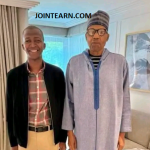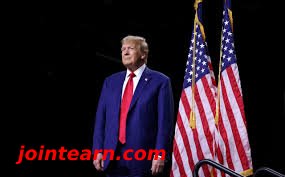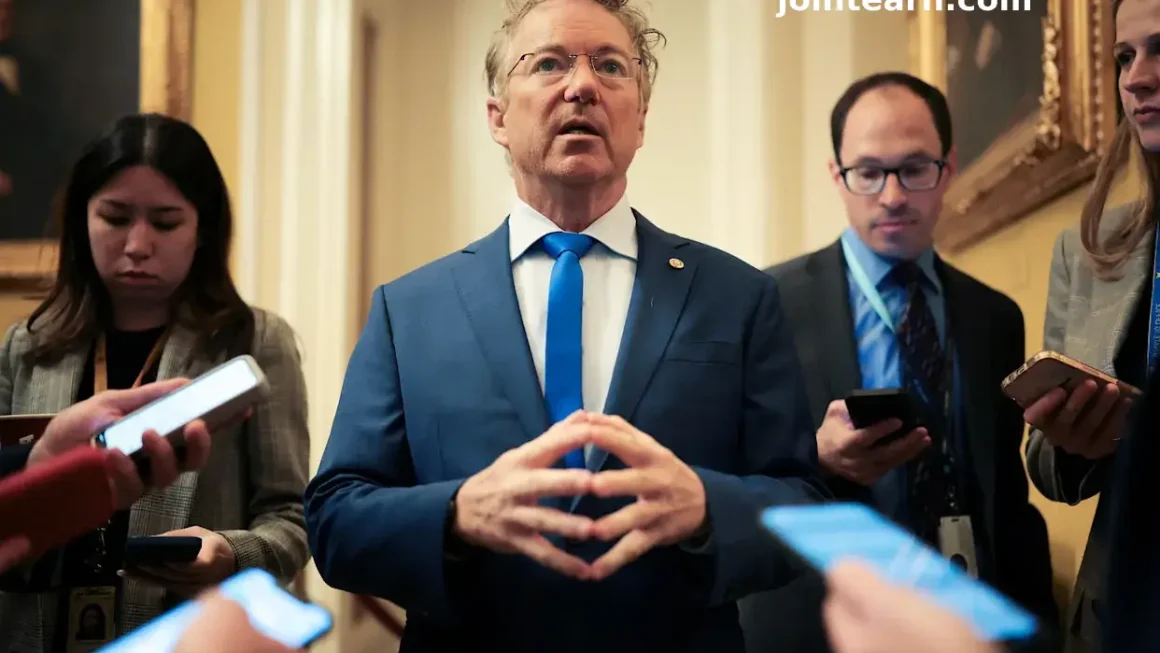Trump’s Tariffs: A Game-Changer for the US Economy in 2025
As President Donald Trump prepares to address Congress for the first joint address of his second term, economic issues are taking center stage. Trump’s upcoming announcement of 25% tariffs on Canada and Mexico, along with additional 10% duties on China, is poised to become a pivotal moment in his economic agenda.
Despite the optimism surrounding Trump’s second term, the economic landscape appears increasingly fragile, with rising concerns over the impact of his tariffs on the already vulnerable US economy. Just as Trump moves forward with these tariffs, the stock market experienced significant losses, signaling the potential economic fallout.
Economic Forecasts Point to Declining Growth and Rising Risks
Recent economic data paints a concerning picture. Economic growth projections have plummeted, with the Atlanta Federal Reserve’s GDPNow model forecasting a -2.8% contraction in the first quarter of 2025. This marks a stark contrast to the robust growth seen in Trump’s first term. Meanwhile, layoffs are surging, signaling potential cracks in the labor market that had previously been a source of economic resilience.
Perhaps the most concerning development is the growing pessimism among US consumers. Consumer sentiment has sharply declined, and for the first time in years, Americans are acting on their economic anxieties. Consumer spending unexpectedly dropped last month, with a notable decline in household expenditures— the largest dip in four years.
Tariffs and Uncertainty: A Major Stressor on US Businesses
Even if tariffs are intended as a bargaining tool, their lack of clarity is already causing significant stress for both consumers and businesses. The uncertainty surrounding Trump’s tariff policies is particularly affecting manufacturers, with new data showing shrinking business activity and rising operational costs.
The economic impact of Trump’s tariffs is expected to surpass that of his first term. According to some experts, the tariffs on Canada and Mexico alone could have a more significant impact than all of his previous tariffs combined. When factoring in duties on China, the European Union, and industries like lumber and agriculture, the economic consequences are potentially far-reaching.
The Rising Risk of Inflation and Consumer Discontent
Inflation fears are also resurfacing. Federal Reserve Chairman Jerome Powell has long warned of the risk that high inflation could become entrenched in Americans’ minds, and recent data suggests that inflation concerns are starting to materialize. Consumer expectations for inflation are rising sharply, which could further erode confidence in the economy.
Trump’s approval ratings are slipping, with many Americans expressing dissatisfaction with his economic policies. This shift in sentiment could signal a broader shift in the national economic outlook.
A Different Economic Landscape in 2025
The economic conditions of 2025 are vastly different from those of Trump’s first term, when the economy was stronger and better equipped to weather the uncertainty caused by his tariffs. While stocks performed well in the first three years of his presidency, and the tax cuts provided a cushion, the current economic environment presents new challenges.
With tariffs potentially weighing on the economy and a growing list of economic concerns, Trump’s second term could face far greater economic headwinds than his first. As the president presses forward with his controversial economic policies, all eyes will be on how these changes affect the broader US economy.












